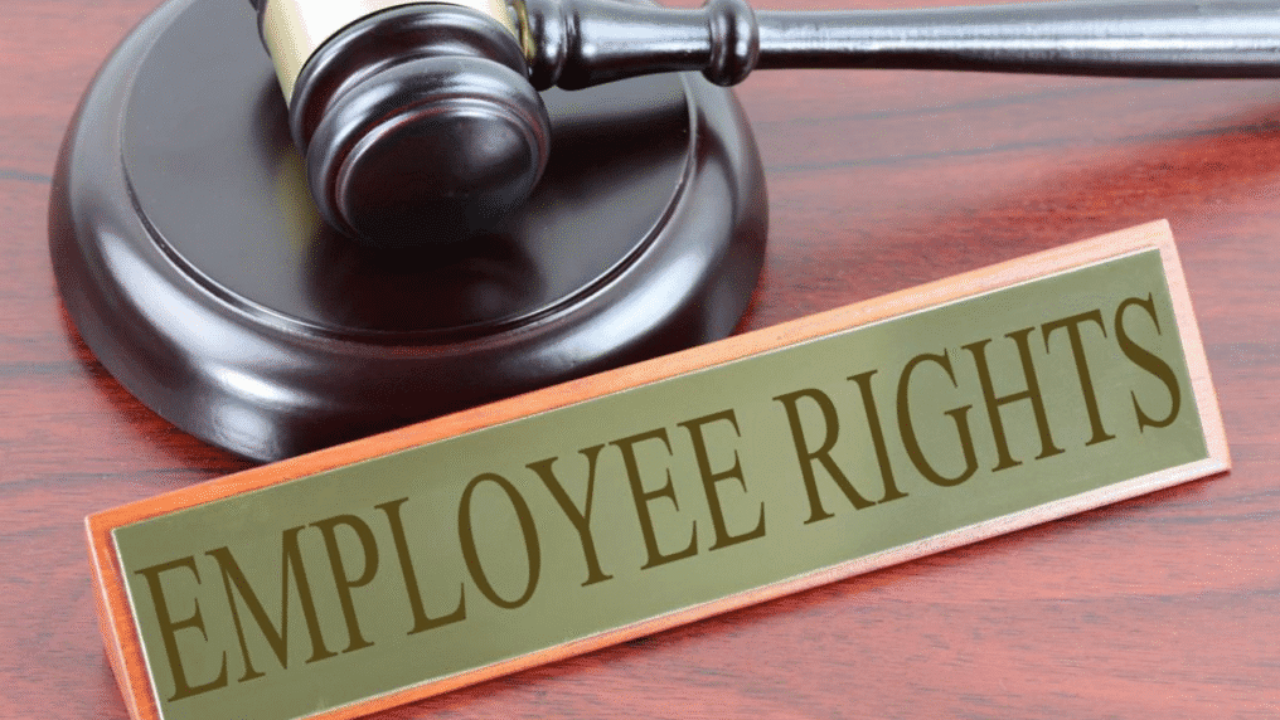Understanding Employee Legal Rights: What Every Employer Needs To Know
31 October 2025
5 Mins Read

- What Are The Basics Of Employee Legal Rights?
- What Are The Important Employee Legal Rights You Must Be Aware Of?
- 1. Understanding Discrimination And Equal Employment Opportunity
- 2. Wage And Hour Laws: Paying Employees Fairly
- 3. Handling Legal Issues In The Workplace
- 4. Employee Leave: Navigating Family And Medical Leave Laws
- 5. Workplace Safety And Health Laws
- Important Employee Legal Rights Explained
When my business started picking up, I’ll admit—legal stuff was the last thing on my mind.
I was chasing clients, juggling invoices, and doing about twelve jobs at once. Employee rights? I figured if I was fair, that’d cover it. Spoiler: it doesn’t.
As your company grows, the rules multiply. Miss one, and you’re staring down a headache that can cost more than it should.
I’ve seen good businesses get wrecked by simple mistakes. So yeah, understanding employee legal rights isn’t optional. It’s survival.
Let’s break it down in plain English.
What Are The Basics Of Employee Legal Rights?
Think of employee rights as the “no drama” rules. They keep things fair, consistent, and sane. If you don’t use them, things might get messy fast.
Here are the big laws you’ll want to have on your radar:
- Fair Labor Standards Act (FLSA): The rulebook for minimum wage, overtime, and child labor.
- Title VII of the Civil Rights Act: No discrimination—race, color, religion, sex, or national origin.
- Americans with Disabilities Act (ADA): If someone’s got a disability, you’ve got to make reasonable adjustments.
- Family and Medical Leave Act (FMLA): Gives employees unpaid, job-protected leave for serious health or family reasons.
These aren’t just “corporate HR” things—they apply to small businesses too. Following them protects you and your people.
What Are The Important Employee Legal Rights You Must Be Aware Of?
Take notes of the following employee legal rights. These rights ensure that you can avoid any form of discrimination.
1. Understanding Discrimination And Equal Employment Opportunity
Discrimination’s not always obvious. Sometimes it’s baked into habits—like who gets interviewed, who gets mentored, or who gets promoted. I’ve caught myself making assumptions before and had to stop and think, wait, is that fair?
Here’s what’s legally protected:
- Race, color, religion, sex, national origin (Title VII): Off-limits. Always.
- Disability (ADA): You can’t treat someone differently because of a disability—and you’ve got to make fair accommodations.
- Age (ADEA): Anyone 40 or older gets protection against age discrimination.
- Sexual orientation and gender identity: Yep, that’s covered now, too.
Practical tips for compliance include tracking hours worked accurately, classifying employees properly, determining gross pay, and staying updated on state-specific wage laws. Do real training, not the “click next” kind. And when in doubt, just treat people decently—it goes a long way.
2. Wage And Hour Laws: Paying Employees Fairly
This one… oof. Payroll used to make me nervous. Between overtime and exempt status, it’s like reading a tax code. But once you get it, it’s not too bad.
Here’s what the Fair Labor Standards Act (FLSA) says:
- Minimum wage: You’ve got to pay at least the federal rate—or higher if your state requires it.
- Overtime: Non-exempt folks get time-and-a-half after 40 hours.
- Exempt vs. non-exempt: Managers and professionals usually don’t get overtime. Everyone else probably does.
The mistake many employers make is thinking that just because someone has a salary, it means they’re not entitled to overtime.
That’s not the case! Trust me, fixing a wage mistake later can create a lot more headaches than just getting it right from the start.
It’s really important to keep thorough records and track everyone’s hours accurately.
Don’t just try to guess when it comes to payroll; that can lead to complications down the line.
Getting this right helps ensure everyone is paid fairly and keeps your business running smoothly.
3. Handling Legal Issues In The Workplace
No matter how solid your setup is, stuff happens. Someone complains about harassment, a manager makes a bad call—it’s not if, it’s when.
What’s saved me time and again:
- Employee Handbooks: Boring, yes, but crucial. Spell out the rules clearly.
- Policy Updates: Laws change. Review things every year or so.
- Training: Real conversations about harassment, safety, inclusion—don’t just go through the motions.
Sometimes it gets trickier like when one of my guys got a DUI a few years back. He was a good worker, but legally… complicated. I called a DUI defense attorney before I made any decisions. Best move ever. It kept us compliant and kept things fair.
4. Employee Leave: Navigating Family And Medical Leave Laws
Life doesn’t stop because of work. People get sick, have kids, and care for family.
Moreover, the Family and Medical Leave Act (FMLA) gives them the right to take unpaid leave for those situations, without losing their job.
To qualify, they need to have worked for you for a year and logged at least 1,250 hours. When they come back, you’ve got to offer the same (or a similar) job.
And hey, let’s not be too hard on them. Reacting with things like cutting back on hours or ignoring promotions can really backfire.
Additionally, it’s important to remember that these actions often lead to a whole lot of trouble.
I’ve found that being flexible actually builds loyalty. Folks come back more committed when they know you’ve got their back.
5. Workplace Safety And Health Laws
Safety’s one of those things you don’t think about until something goes wrong. Then it’s all you think about.
The Occupational Safety and Health Act (OSHA) keeps workplaces safe and healthy, no matter what kind of work you do.
Your main jobs as an employer:
- Train people properly.
- Keep tools, equipment, and spaces safe.
- Report accidents as required.
And yeah, even office jobs have safety issues. I once had someone trip over a loose cable—break an ankle. Lesson learned: small things matter.
Important Employee Legal Rights Explained
Understanding employee rights goes beyond simply memorizing laws. It’s fundamentally about fostering respect within the workplace.
Additionally, when you treat your team as individuals rather than just numbers, you create an environment where everyone feels valued and engaged.
Of course, it’s essential to grasp the basics of employment law and seek legal guidance in complex situations.
But you must remember that the real goal is to cultivate a fair and supportive work culture.
This approach not only encourages employees to stay longer but also motivates them to give their best effort.
Ultimately, building a positive workplace culture enriches the experience for everyone involved, making it truly worthwhile.



















Comments Are Closed For This Article